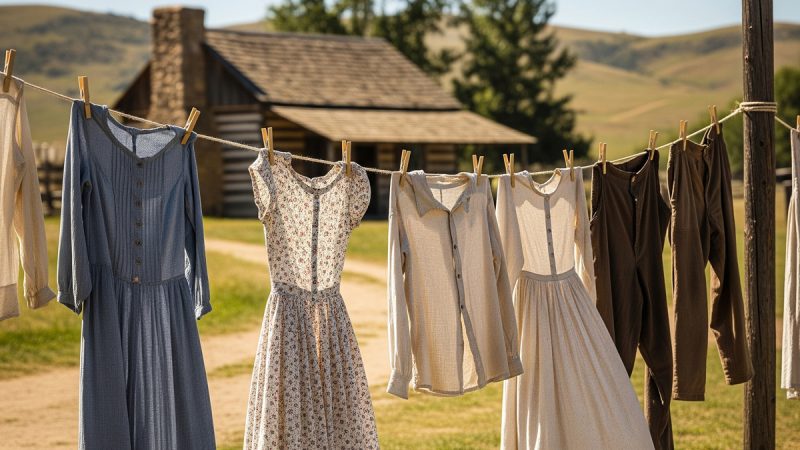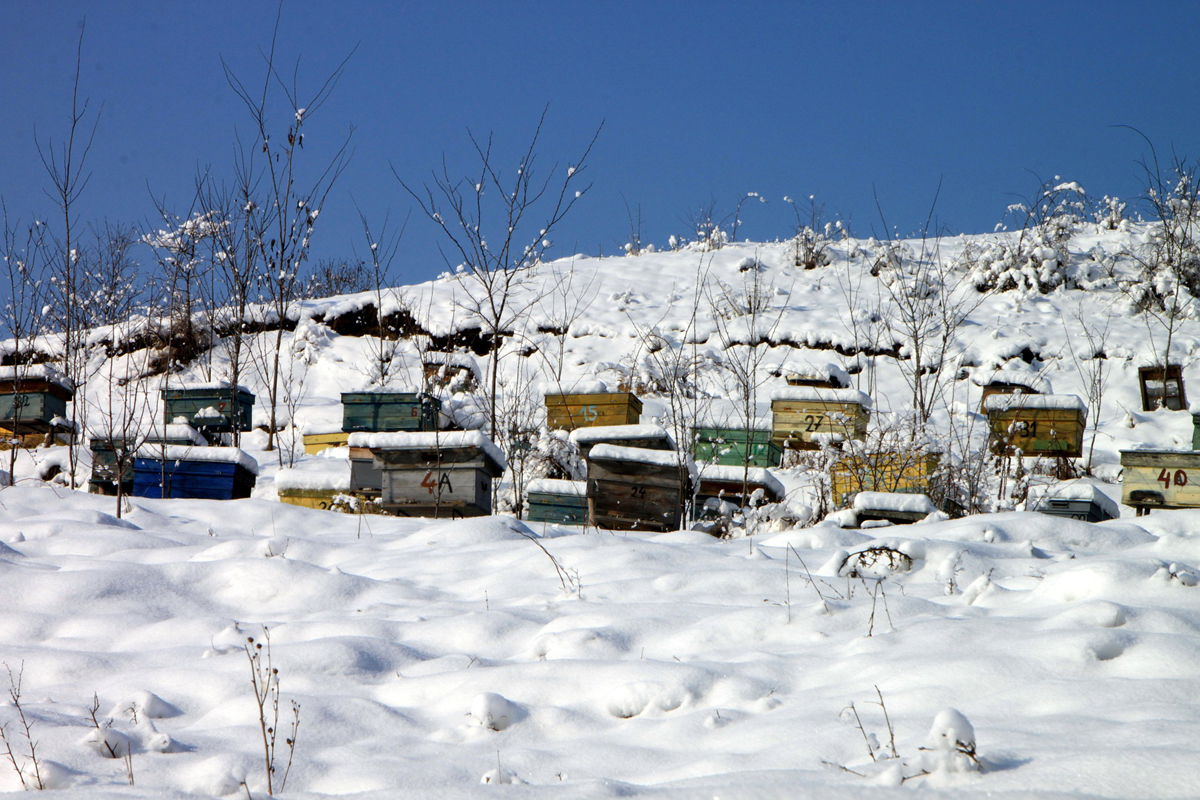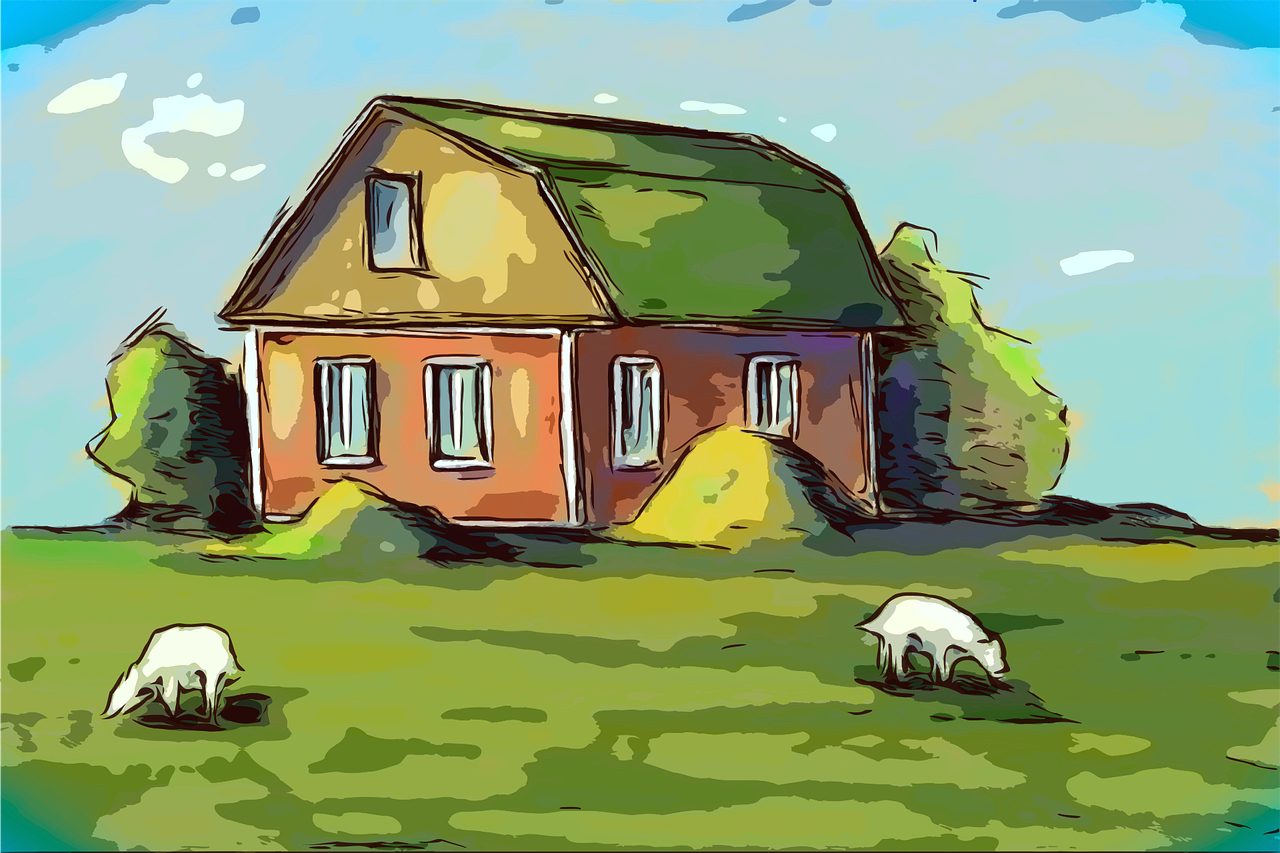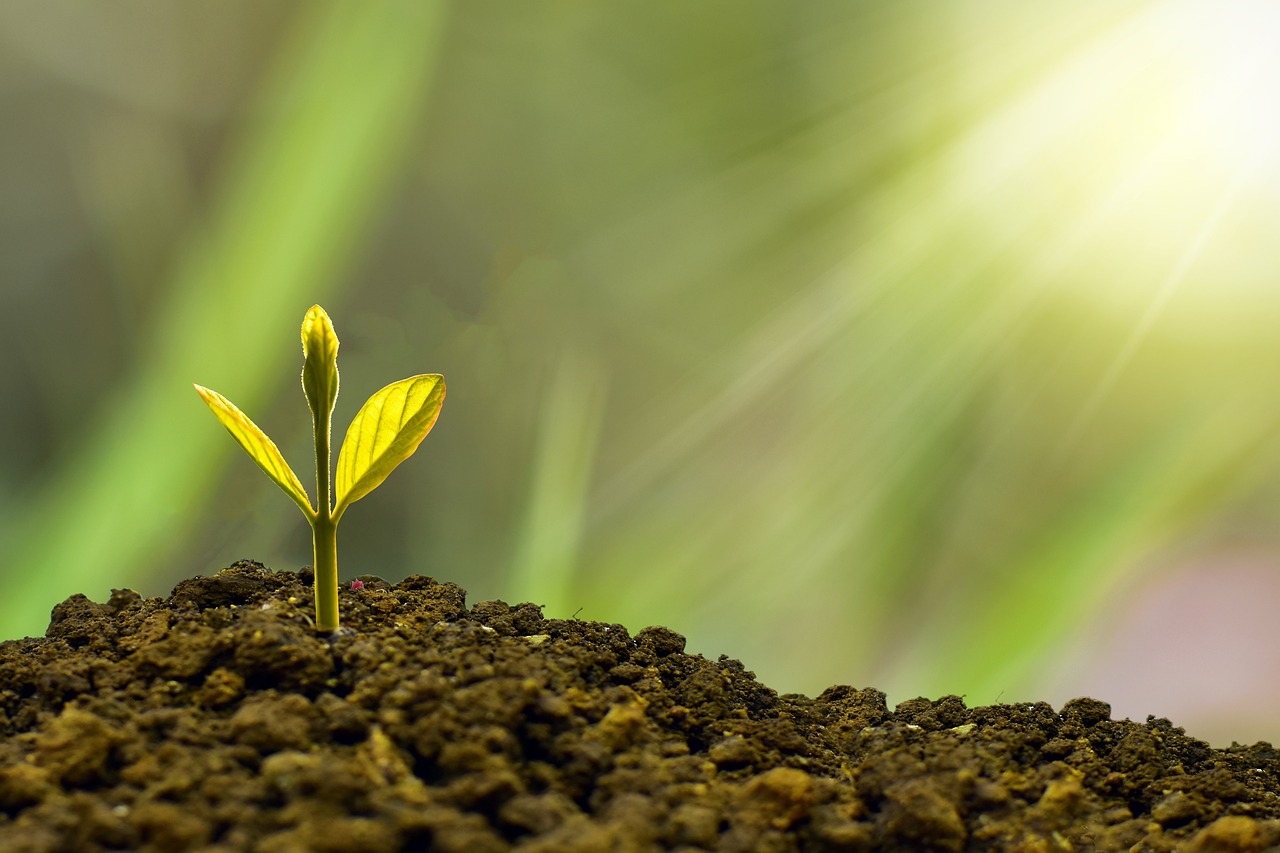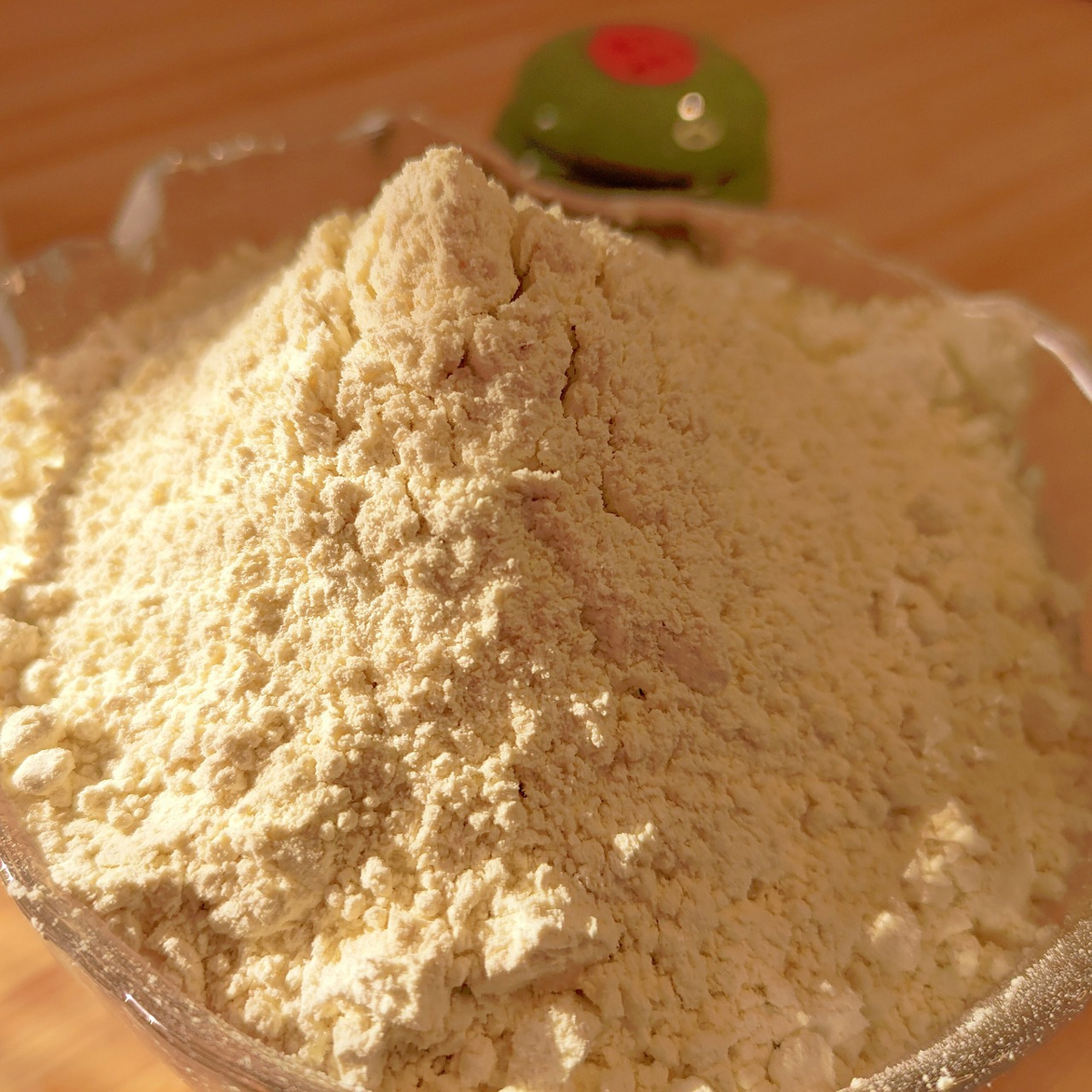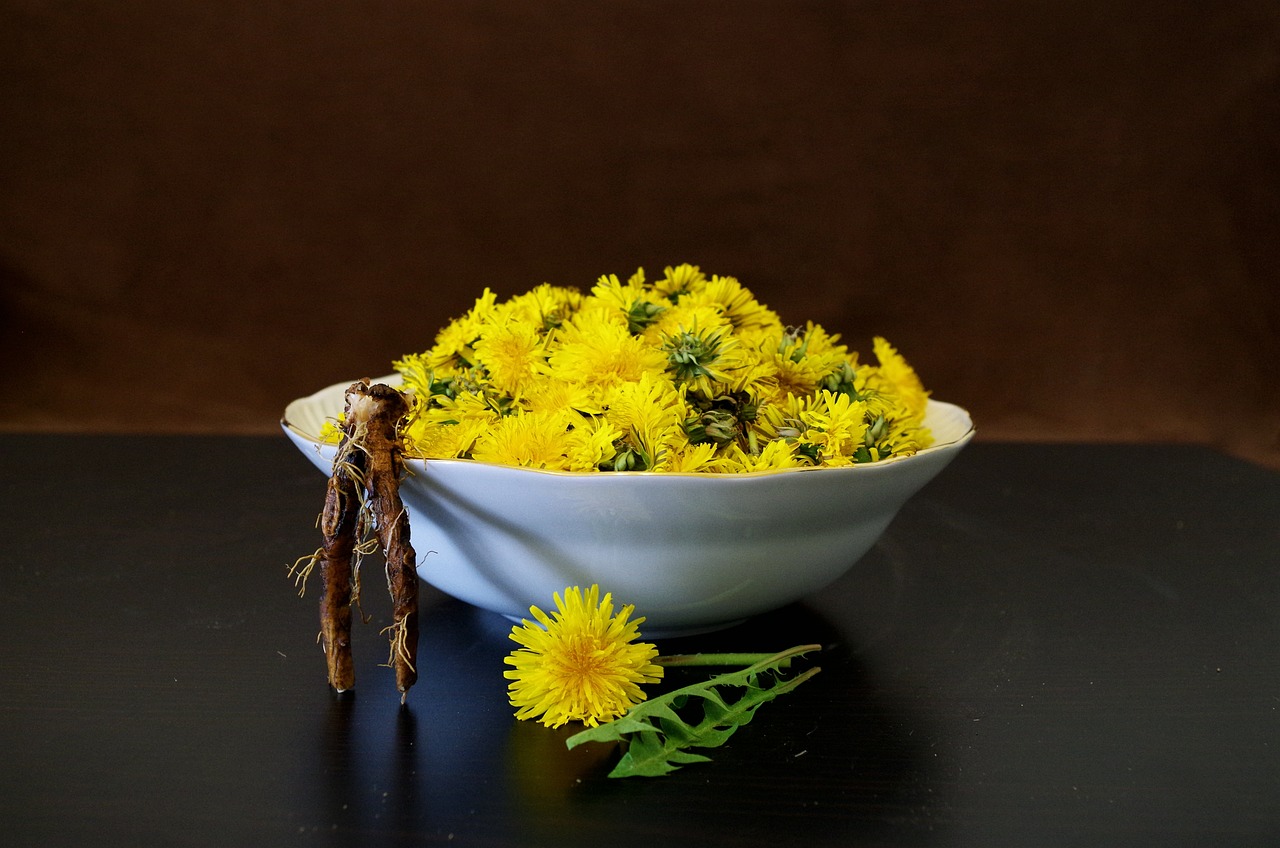Making Common Weeds Useful
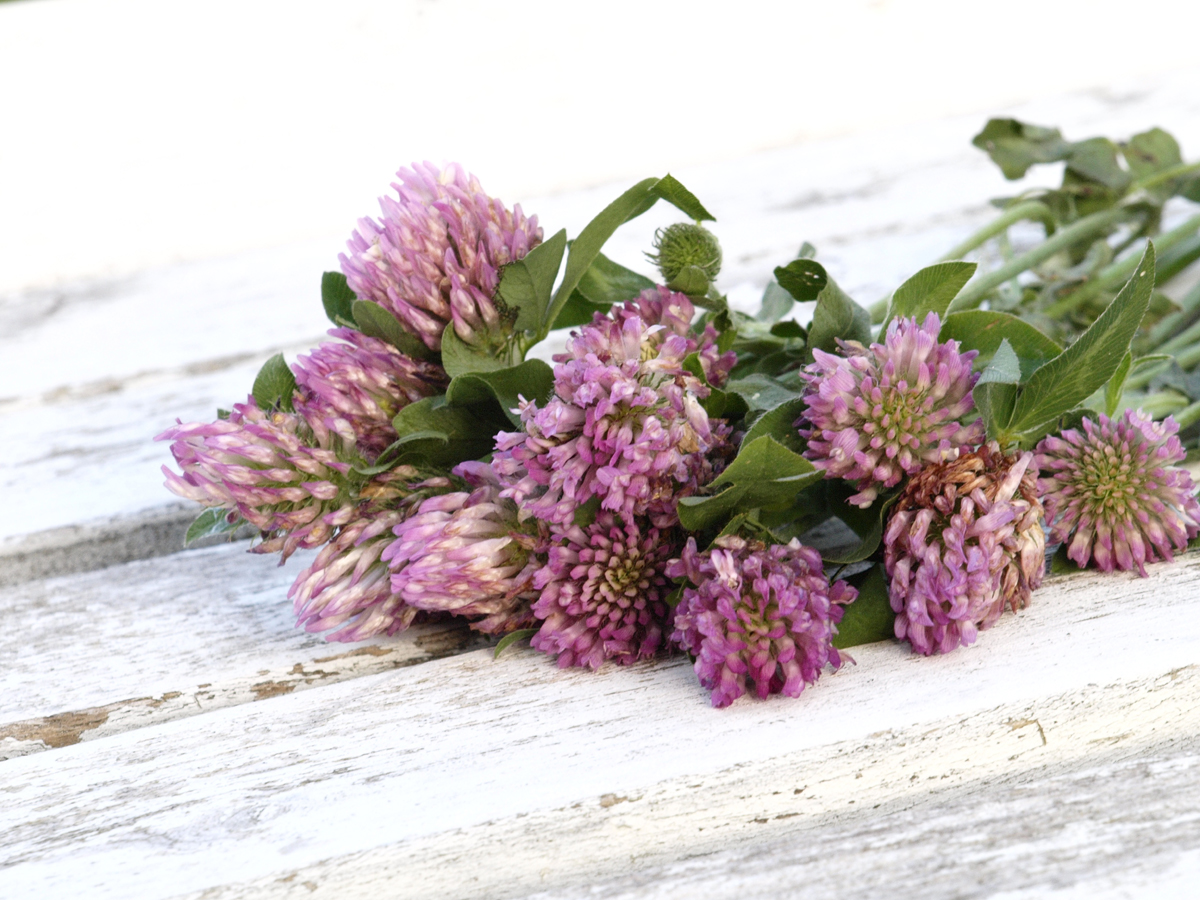
Sometimes, in spite of using natural weed control methods such as mulching and feeding the “good” plants you want so they become strong and vigorous (and thus able to crowd out the weedy competition), weeds still grow. You might have some other “weapons” left in your natural weed control arsenal such as digging them all out by hand, pouring boiling water onto them or (in a large patch with no “good” plants in them) lighting a bonfire on top and burning off the weeds. But all these methods are either time-consuming and/or impractical.
So what do you do? Is it time to reach for the chemical weedkillers?
Well, if things get really desperate and you have half an acre of weeds getting away on you, maybe. However, if you only have a few weeds in a small vegetable patch, maybe it’s time to have a change of heart about those weeds and find another use for them. Using the weeds means that you will get rid of them, but it will be less of a chore – and it won’t be such a bad thing if the weeds grow largish.
A good many common weeds are edible – palatable, even. When this writer was a child, sorrel was considered to be a weed that conscientious gardeners rooted out and that you found growing along the roadside. Now sorrel features in gourmet cooking. Maybe, if we wait long enough or get a bit more creative, these other common weeds will lose their weedy status and become the hot flavour of the month. Edible weeds should be picked when the leaves are large but still tender – before they start setting seed, in other words. Use a field guide or the internet to find pictures of the weeds in question before you start picking and eating: if you don’t know what it is, don’t eat it.
Edible Weeds:
Dandelions are rich in vitamin A and are every bit as good for you as spinach or silver beet. If you have rabbits or guinea pigs, you probably already encourage dandelions, as they are very popular food for these small pets. Dandelion has a slightly bitter peppery bite that goes well in a cheese sandwich and adds a bit of colour and extra flavour to a salad. Dandelion is also a diuretic (the old country name for dandelion was “piss-a-bed”) and may be helpful if you have problems with fluid retention. If you have the time and patience – and a coffee grinder – dandelion root can be dried and used as a coffee substitute that’s caffeine free.
Sowthistle looks a bit like dandelion but has a different growth habit. It can be used in much the same way as dandelion, but it can also be cooked. In New Zealand (where it is known as puha), cooked sowthistle is a traditional indigenous dish to be served with pork or seafood. The bitter taste is removed by cooking.
Fathen can be used exactly like spinach or silverbeet – in salads, steamed, boiled, in quiches, in soups… Fathen has a pleasant mild taste and is this writer’s pick to become the next quirky vegetable to become fashionable. Fathen has similar nutritional properties to spinach and silver beet.
Chickweed is another mild-tasting weed that makes a good addition to salads. It grows with long stems, so chop finely before adding to the salad.
Nettles are also highly nutritious and have the advantage of handling cold conditions, so they provide fresh greenstuffs during a hard winter. They have to be cooked before use, obviously, and are not suitable for salads! Cooking destroys the toxins. Steamed or in soup, nettles taste delicious. Use rubber gloves to harvest nettles to prevent stings, but it is possible to pick them with your bare hands – if you literally “grasp the nettle” hard, you crush the stinging hairs and they don’t puncture the skin, but if you brush over them lightly, it will sting.
Dockleaves are a traditional way of relieving nettle stings. If you are allowing nettles to grow in order to eat them, allow a few docks to remain so you can deal with any stings.
Clover is a bee attractant and fixes nitrogen into the soil. If you allow clover to grow in a fallow plot, it will improve the nutrients and health of the soil. Pink clover flowers also look quite attractive.
Any weeds, as long as they are not allowed to go to seed, can be chopped down with a hoe and dug into the soil as a “green manure” or fertilizer.
If a weed has attractive leaves and/or flowers, pretend it’s deliberate. Oxalis is considered a terrible pest and weed in some countries, but in the UK, it is a delightful and beautiful addition to the flower bed that requires little care, comes back year after year and gives a lovely showing of shamrock-type leaves and delicate flowers – proof that it’s human perspectives that make weeds into a nuisance.
The Author:
Nick Vassilev is the founder of successful carpet cleaning London and domestic cleaning London businesses delivering quality cleaning services to thousands of clients.
Photo.
Source: Ab


